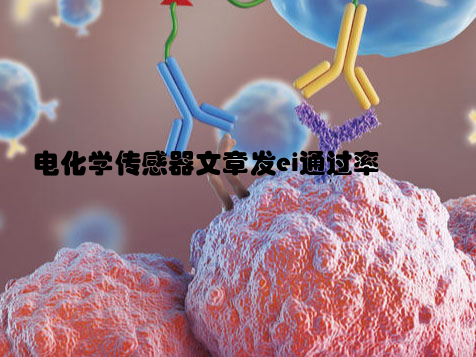How to Translate Research Paper on Aluminum Alloy from Chinese to English
When it comes to translating a research paper on aluminum alloy from Chinese to English, it is essential to pay attention to several key aspects in order to achieve an accurate and high-quality translation. The translation process involves more than just converting words from one language to another; it requires a thorough understanding of the subject matter and the ability to convey the original intent and meaning of the content. In this article, we will discuss the methodology for translating a research paper on aluminum alloy effectively and efficiently.

Understanding the Terminology and Concepts
The first step in translating a research paper on aluminum alloy is to gain a comprehensive understanding of the relevant terminology and concepts in both the source and target languages. This involves familiarizing oneself with technical terms, industry-specific jargon, and scientific principles related to aluminum alloy. A deep understanding of the subject matter is crucial for accurately conveying the information in the target language.
Research and Reference
In order to ensure an accurate translation, it is imperative to conduct thorough research and utilize reliable reference materials. This may include consulting academic journals, technical publications, and authoritative sources on aluminum alloy and related topics. By gathering comprehensive and up-to-date information, translators can enhance the accuracy and credibility of their translations.
Utilizing Translation Tools and Software
Translation tools and software can be invaluable resources for translating a research paper on aluminum alloy. While human expertise and judgment are essential, translation software can assist in maintaining consistency, managing terminology, and streamlining the translation process. Tools such as CAT (Computer-Assisted Translation) software can be particularly useful for handling complex technical content.
Collaboration with Subject Matter Experts
Collaborating with subject matter experts, such as engineers, metallurgists, or researchers specializing in aluminum alloy, can greatly enhance the accuracy and precision of the translation. Consulting with experts can provide valuable insights, clarify technical details, and ensure that the translation aligns with industry standards and practices. This collaboration can help bridge any potential gaps in understanding and interpretation.
Quality Assurance and Review
Ensuring the quality and accuracy of the translated research paper is essential. Conducting a thorough review and quality assurance process, which may involve proofreading, editing, and revising the translation, is crucial for identifying and rectifying any errors or inaccuracies. This step may also involve seeking feedback from bilingual professionals or native speakers of the target language.
Cultural Sensitivity and Localization
Translating a research paper on aluminum alloy also requires attention to cultural sensitivity and localization. Adapting the content to the linguistic and cultural norms of the target audience is important for ensuring that the translated document resonates with its readers. This may involve adjusting units of measurement, adhering to language conventions, and considering any cultural nuances or differences.
Conclusion
Translating a research paper on aluminum alloy from Chinese to English is a complex and specialized task that demands a deep understanding of the technical subject matter, linguistic proficiency, and attention to detail. By following a systematic methodology that encompasses terminology understanding, research, collaboration with experts, and rigorous quality assurance, translators can effectively convey the knowledge and insights contained in the original document to a wider international audience.



